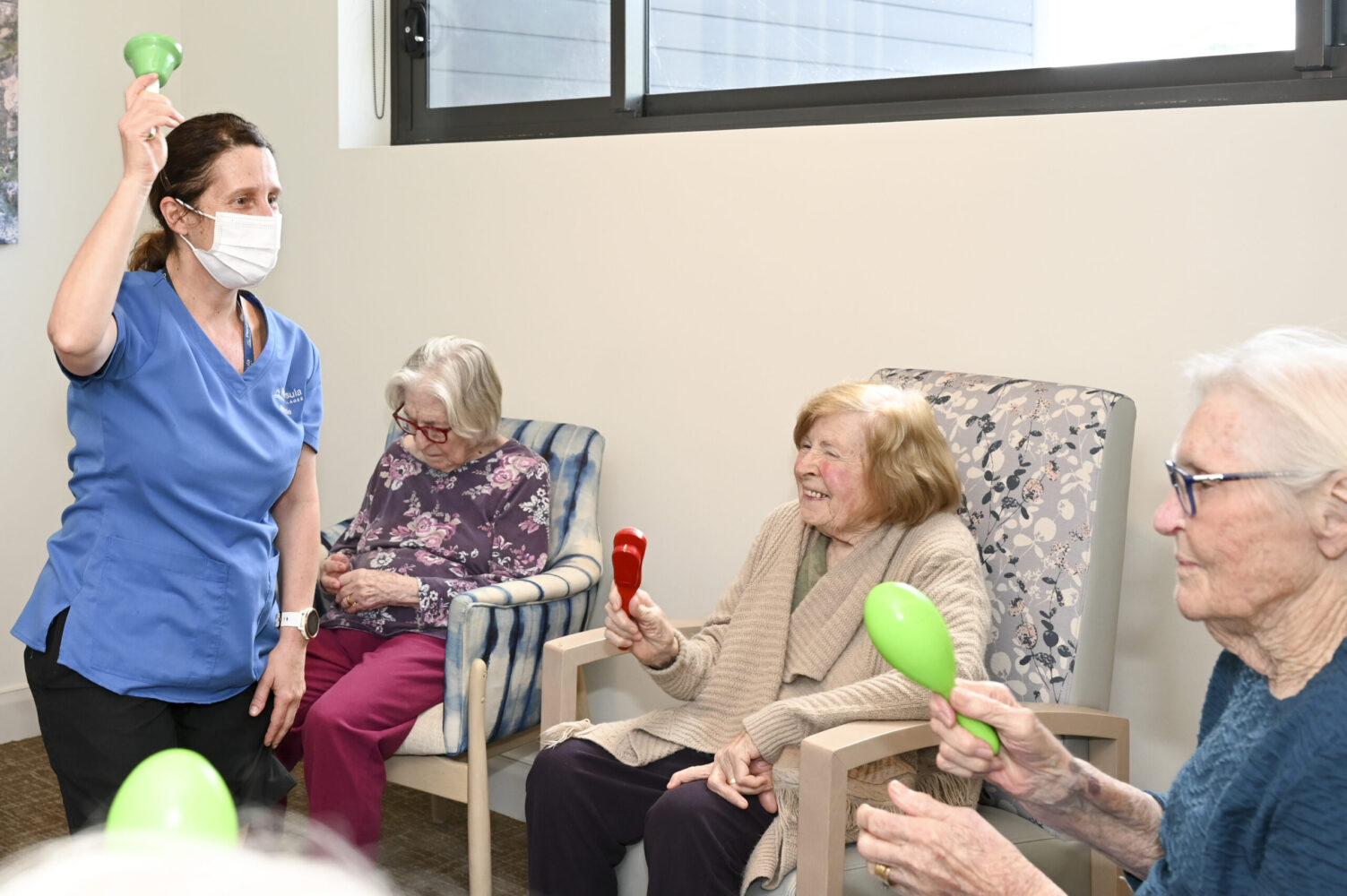It’s been exactly 12 months since aged care providers have operated by “living with COVID” with the last mandatory lockdowns in NSW ending in October 2021. The last year has seen providers grapple with increased expenses, PPE, quality control measures and worryingly, a lack of aged care workers. Unfortunately, a year later and while the latest budget steps in the right direction to supporting the sector, there is a significant shortfall in funding an aged care workforce.
Colin Osborne is the CEO of Peninsula Villages on the NSW Central Coast which accommodates 300 residents across its three residential care facilities. With more than 350 staff, Colin wants to highlight the mounting issues that face aged care workers and providers in the current climate.
“As an aged care provider, we of course welcome last week’s federal budget for its commitment to implement royal commission reforms, but do want to emphasise the remaining shortfalls in funding and workforce,” explained Mr Osborne.
“As an independent, not-for-profit aged care provider, we, like many others in the industry, are battling a workforce crisis and while we have managed to get creative with recruitment and development of staff, the real issue here is the huge droves of skilled staff who are leaving the industry for good.
“The reality is these people are feeling fed up and are leaving the sector due to the pay, conditions and quite frankly, brighter prospects in other fields,” he continued.
But the voices left out of this important conversation so central to this sector are the voices of the workers themselves.
“It was just last week that someone mentioned to me, you could be paid more in a retail or cleaning job than that of a caring and passionate aged care worker who is required to have an advanced set of skills. Quite simply, the existing award rates do not reflect the value and skills of the sector,” added Mr Osborne.
“With most residential aged care providers running at substantial losses, the government needs to step up and bridge the pay gap,” he explained.
It was in August this year that the Federal Government promised to pick up the bill for any potential pay rise for aged care workers in a submission to the Fair Work Commission (FWC). If the case is successful, the minimum wage of a qualified personal carer could increase from $23.09 to $28.86 an hour. A full-time level 1 aged care worker could see their weekly pay increase almost $200 a week.
“We are eagerly awaiting any outcome to increased pay for our sector, and while any rise is welcomed, there needs to be a national response as to how we will attract, retain and develop a skilled workforce in the future too. It’s a shame this wasn’t reflected in last week’s budget,” continued Mr Osborne.
In addition to pressures resulting from the COVID-19 pandemic, many providers fear that proposed reforms set out by the aged care royal commission cannot be realistically implemented, as the sector struggles with a lack of qualified aged care staff.
Whilst a pay increase for aged care staff may assist in promoting the attractiveness of employment in the sector it will not accelerate the availability of more people with the skills and qualifications required in aged care.
The skills shortage in aged care can only be addressed in the short term by attracting skilled staff back to the industry and potentially augmenting this with opportunities for skilled migration overseas. The longer-term solution, however, must be the development of more aged care specific training and qualification opportunities for Registered Nurses and care workers.
It is only with the availability of these additional people with appropriate skills that many of the recommendations from the royal commission into aged care can be genuinely and effectively implemented.
Whilst these challenges and constraints are reflected across the entire aged care sector, they represent factors which will place the very existence of aged care providers in rural and remote setting at risk.
